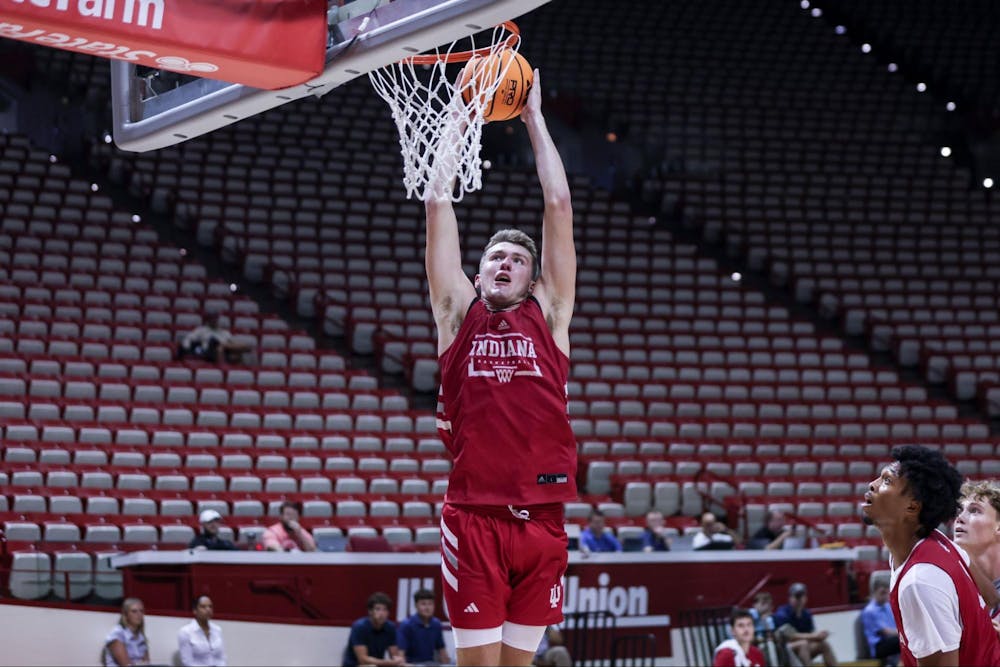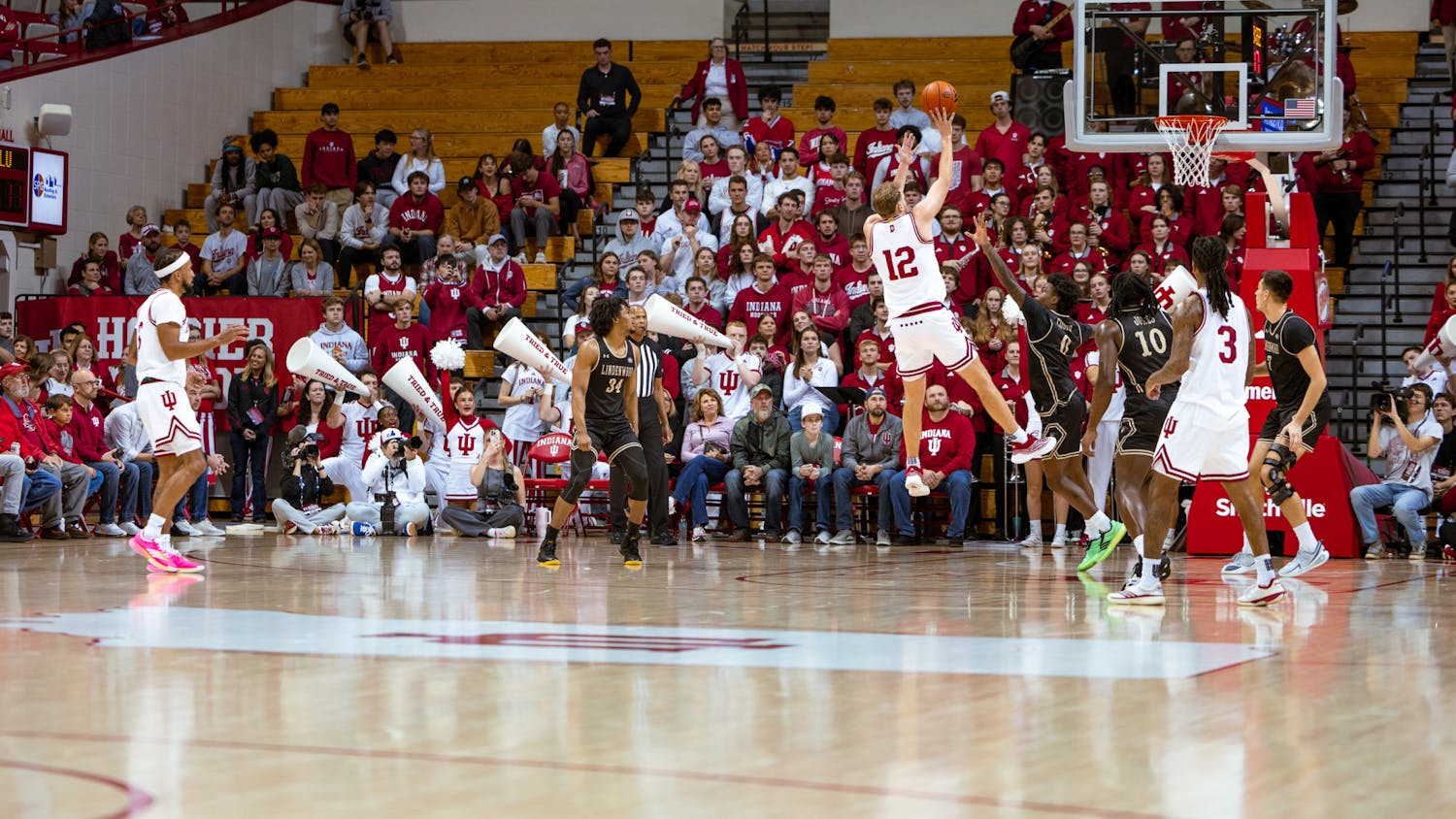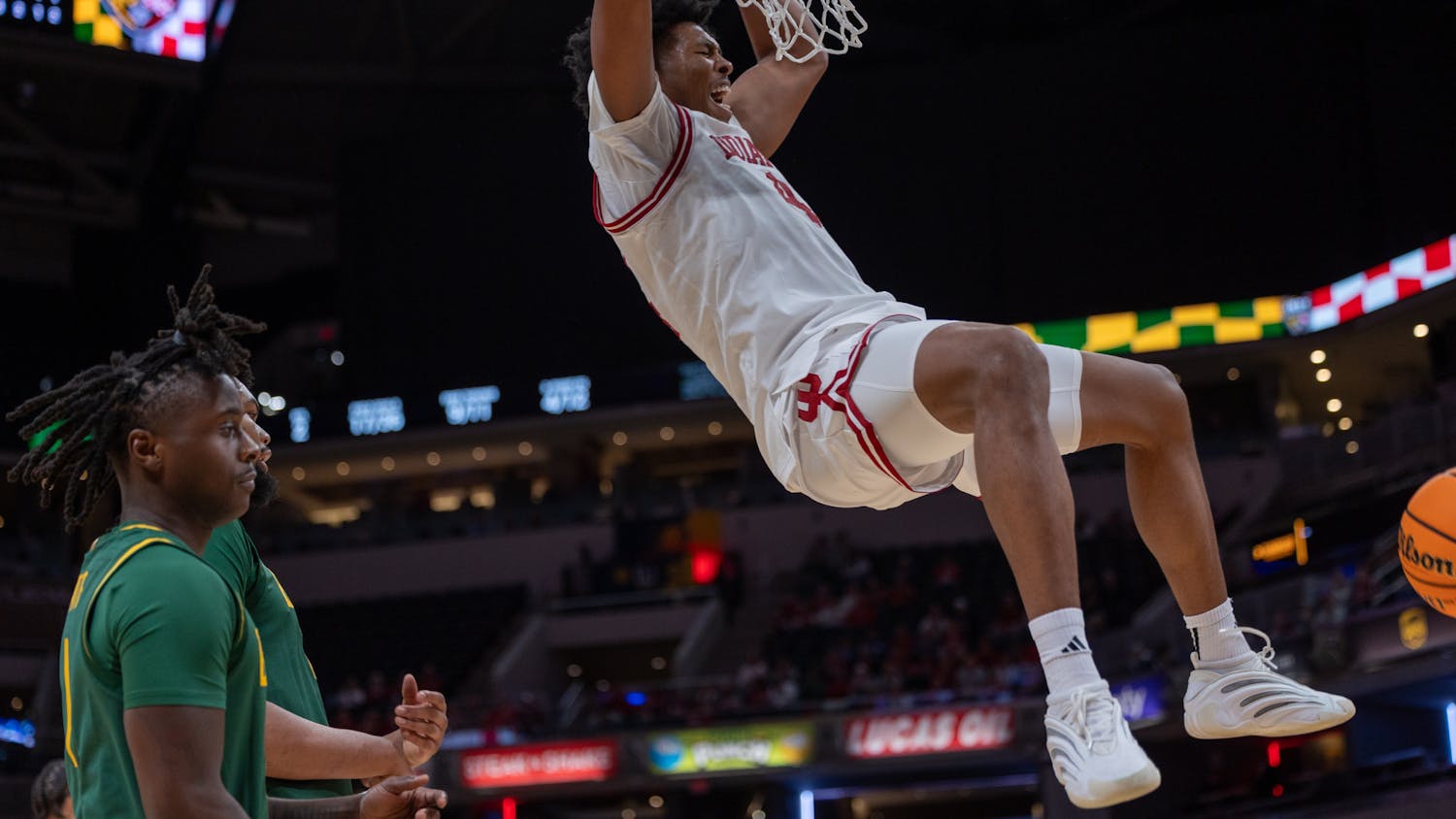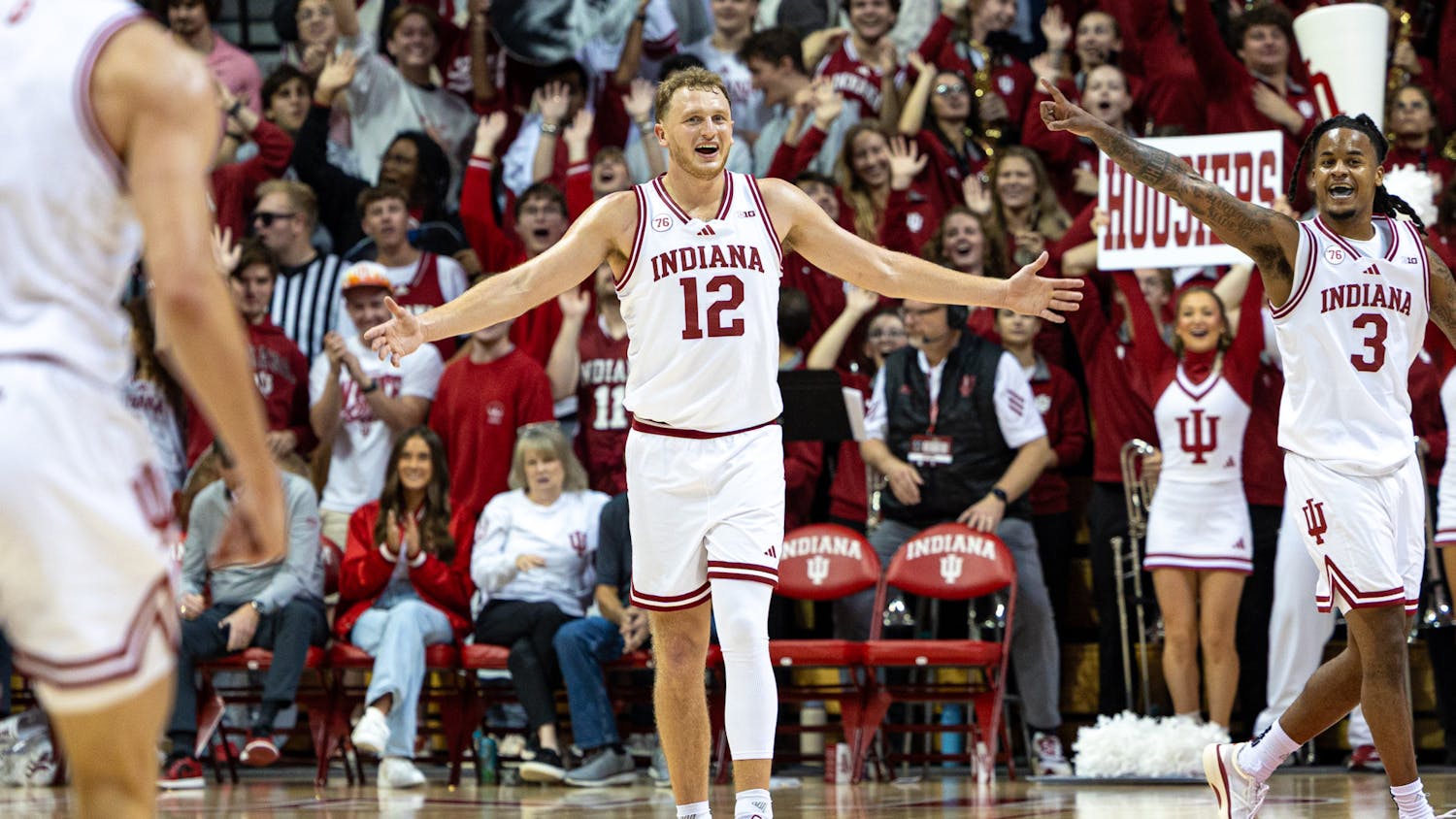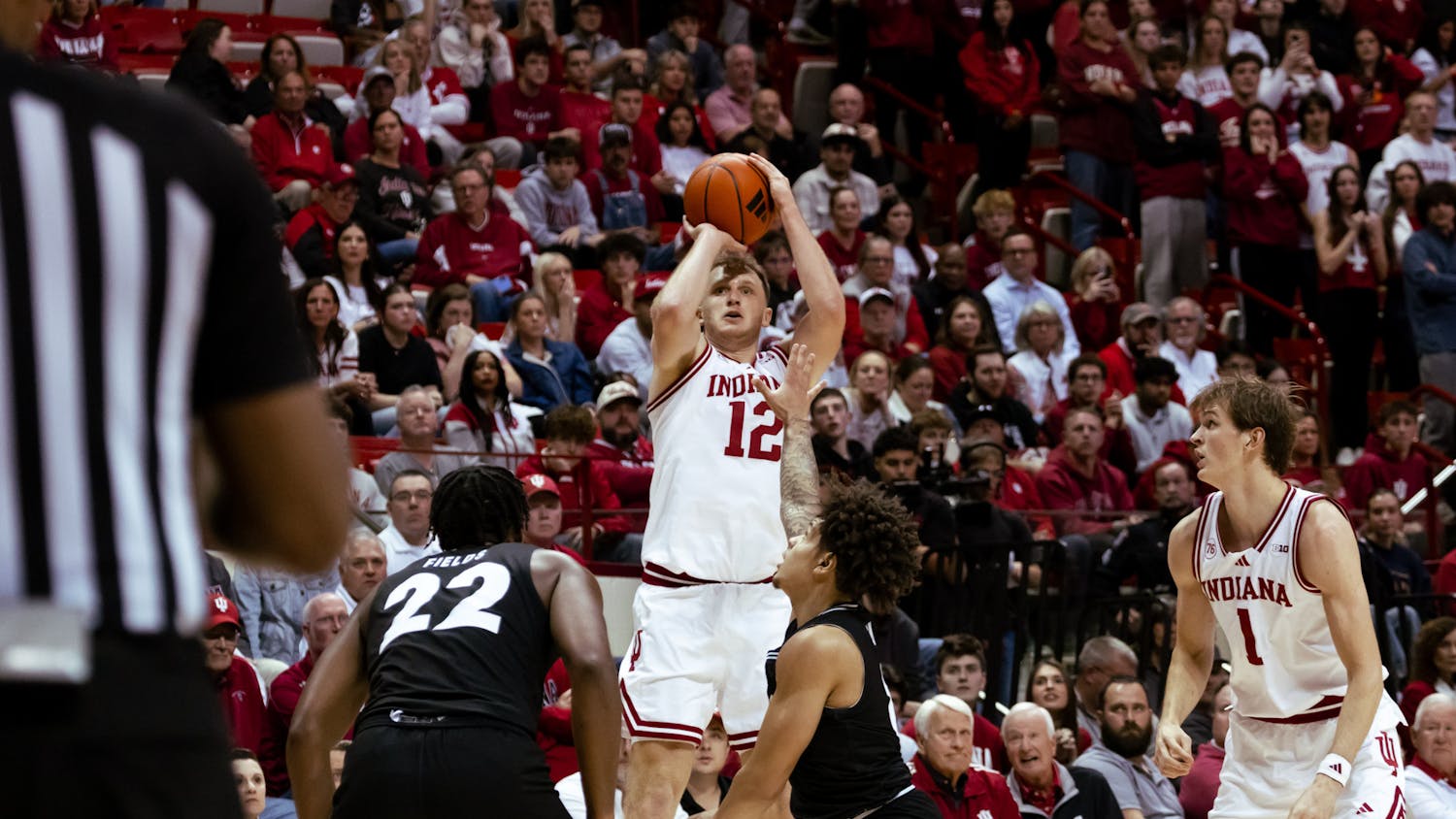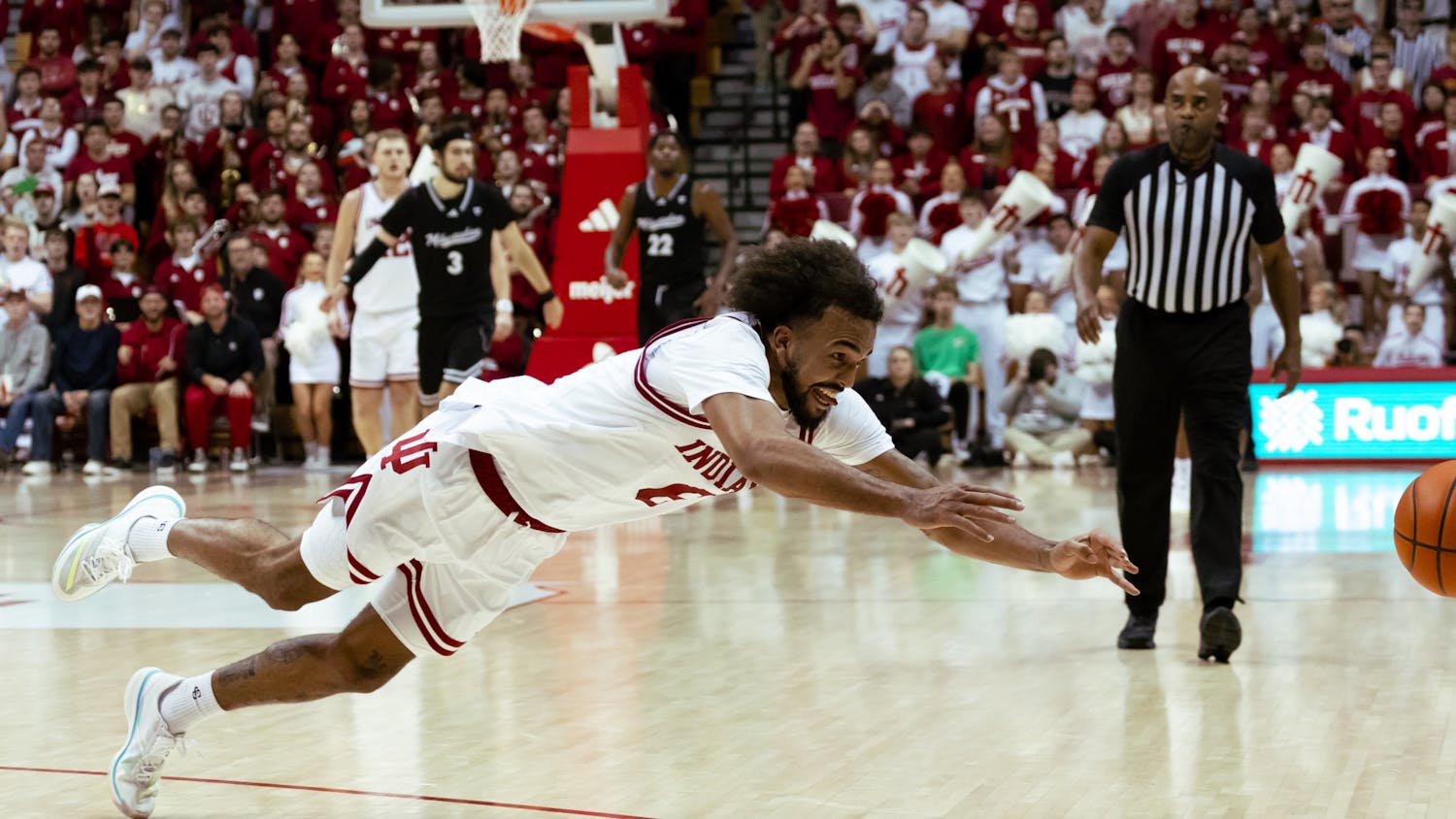The college basketball landscape has shifted dramatically in recent years. In 2025 alone, more than 2,700 names flooded into the transfer portal — each attached to stat lines, résumés and former schools. Coaches now spend their offseasons filtering through what looks more like a free-agency wire than a recruiting tool, trying to rebuild almost overnight. The days of slow, four-year player development are gone.
Indiana basketball under first-year coach Darian DeVries is a case study in this new reality, entering the season with a roster almost entirely crafted through the portal while blending in a promising freshman class.
Crafting a roster through the portal
When DeVries arrived in Bloomington, he found a roster in flux, shaped as much by the transfer portal as by traditional recruiting. In his opening months, Indiana aggressively targeted players with experience, piecing together a roster that reflects the reality of modern college hoops. Junior college players gained unexpected eligibility extensions through court rulings, while high-level transfers entered Bloomington with just a year or two left to prove themselves.
“We have multiple guys that can score the basketball,” DeVries said, highlighting the offensive depth created by newcomers.
The question is whether DeVries’ approach will work out. He brought in multiple proven scorers from around the country: Lamar Wilkerson (Sam Houston, 20.5 ppg), Reed Bailey (Davidson, 18.8 ppg), Jasai Miles (North Florida, 15.4 ppg), Nick Dorn (Elon, 15.2 ppg), Tayton Conerway (Troy, 14.2 ppg), Josh Harris (North Florida, 13.4 ppg), and Conor Enright (DePaul, 7.5 ppg). Each led or was among the leaders for their former teams. The individual firepower is undeniable — but the bigger challenge is how these pieces mesh together in Bloomington to form a balanced and productive offense.
Leadership in the locker room
Though the roster is new, the voice inside the locker room is not absent. During open practice, one of the most striking takeaways was how vocal this group is. Communication flows constantly — on defense, in drills, even in downtime. DeVries emphasized that his team’s greatest strength is “coachability” and their “unselfishness.”
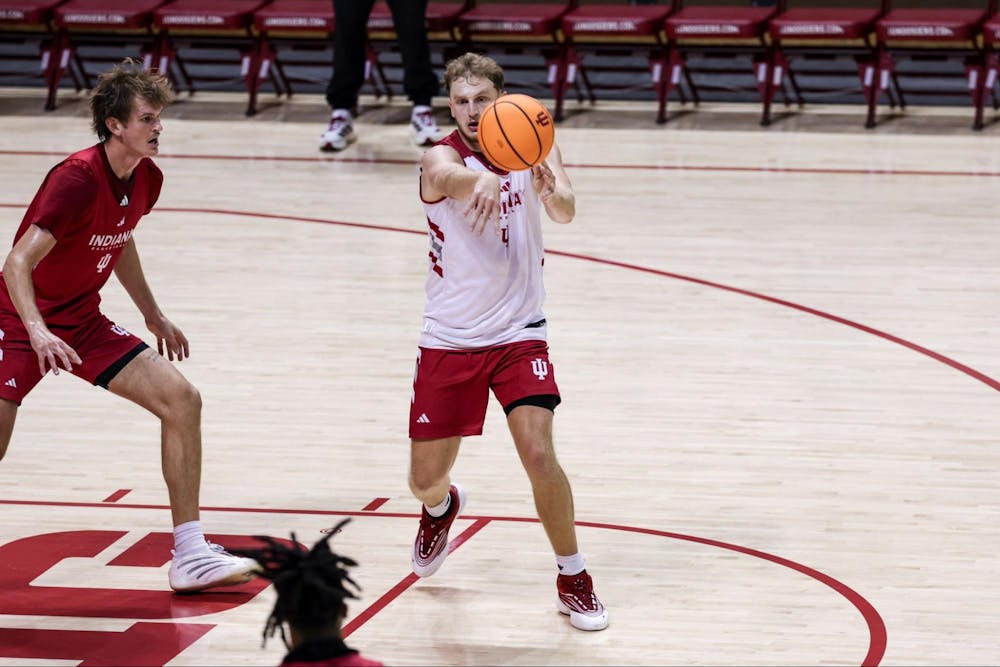
For many of the veterans, leadership comes naturally. Several transfers arrive from programs where they put up strong numbers but never reached winning seasons, and for some, that role is familiar. “Tucker (DeVries) stands out,” was the most repeated response when players were asked about leadership in the room. Tucker has been a staple in his father’s offense at three different schools — Drake, West Virginia and now Indiana. He’s done this before and values the camaraderie being built. With one last shot at the NCAA Tournament, this group brings urgency and accountability to a fresh locker room.
Indiana players credited much of their early connectivity to the Puerto Rico trip, where the Hoosiers played multiple games but found the off-court bonding just as valuable. For many players, it was their first time out of the country, and they got to see different sides of each other through activities like beach volleyball, jet skiing and kayaking. Those shared experiences helped cement trust and chemistry, setting the foundation for the season ahead.
Integrating fresh talent
Among all the new faces, freshman forward Trent Sisley has carved out a role already. DeVries praised his ability to adjust to the speed and physicality of the college game while remaining coachable and consistent.
“He doesn’t have to get 20 every night, but he’s also a guy that can,” DeVries said.
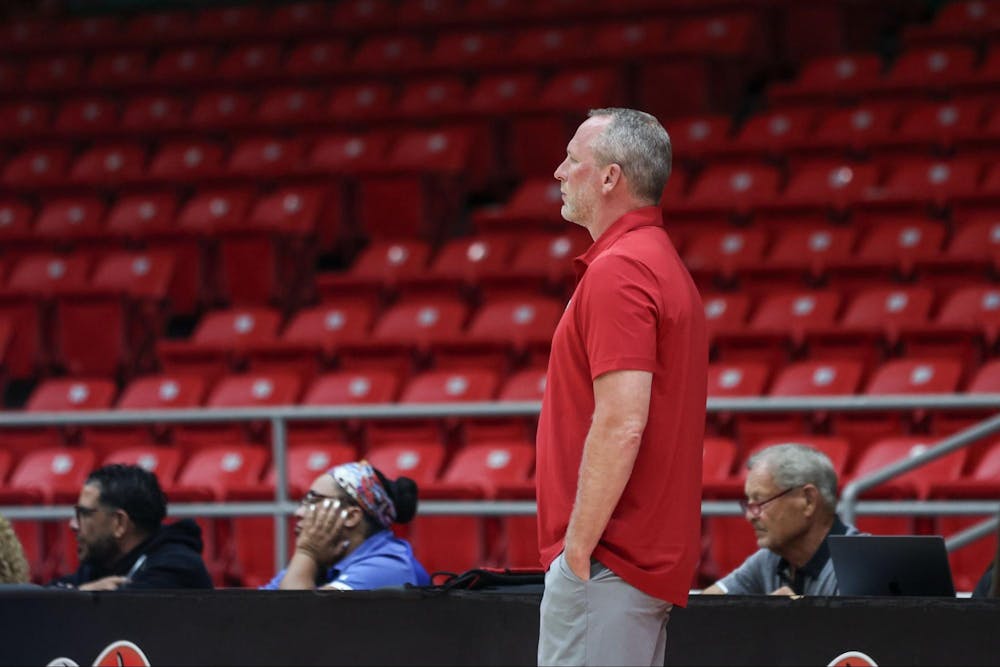
That balance — not needing him to carry the offense but knowing he’s capable — allows Sisley to grow at his own pace. For Indiana, the ability to combine experienced transfers with emerging freshmen offers stability in an otherwise chaotic roster-building era.
Battling through injuries
The other reality of preseason camp? Injuries.
“It looks like we’re investors in boots right now,” DeVries joked.
Multiple players, including Nick Dorn and Josh Harris, have been sidelined, forcing Indiana to get creative in practice rotations. Depth has taken a hit, but the staff continues experimenting with lineups, even going bigger at times with Reed Bailey (6-foot-10) and Sam Alexis (6-foot-9) sharing the floor.
While the short-term setbacks have cut into reps, DeVries said he believes the defensive energy and enthusiasm have laid a foundation, even if execution still needs sharpening.
Openness with fans and media
Indiana basketball is a public trust, and DeVries seems to recognize that better than most. He has opened multiple practices to media, encouraged transparency and leaned into community events.
“We want people to feel like they’re not watching from afar,” DeVries said, adding that he wants fans to feel like they’re walking “stride by stride with us.”
For a program where secrecy often defined recent years, the willingness to connect represents a cultural reset. Upcoming fan events will only further bridge the gap between the team and the IU faithful.
Indiana is set for Hoosier Hoops on Kirkwood on Oct. 2, followed by the Cream and Crimson scrimmage on Oct. 3, two exhibitions against Marian and Baylor, respectively, and Haunted Hall of Hoops on Halloween eve.
A microcosm of modern college hoops
Indiana’s current situation mirrors the broader state of college basketball. Rosters are rebuilt through the portal, with transfer players offering dynamic roles. Injuries test depth in ways that new eligibility limits can’t easily fix. Freshmen such as Sisley are asked to adapt quickly.
Most importantly, success is no longer measured solely by wins and losses but by how connected and resilient a team can become. For DeVries, year one isn’t about chasing perfection — it’s about building chemistry in a sport defined by constant change.
